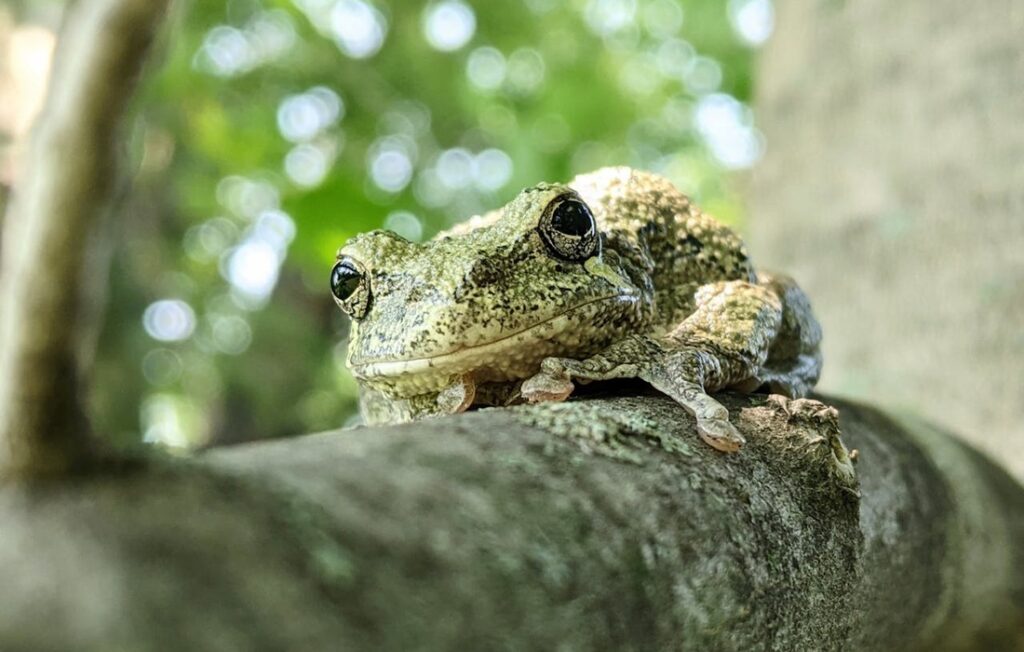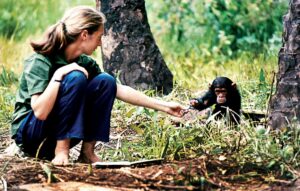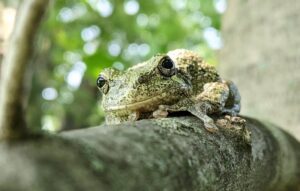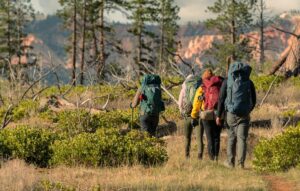
The Economic and Environmental Costs of Species Extinction
In 2018, the last remaining male northern white rhino, Sudan, died. Only two female white rhinos remain in the world; the last of their species. The northern white rhinoceros is nearly extinct, and it’s not the only species facing this crisis.
Species extinction is happening at an unprecedented rate. The most recent species to be declared extinct, a migratory bird called the slender-billed curlew, happened just last year in 2024. At one time, roaming parts of Europe, North Africa, and West Asia, the last known sighting of this small seabird was in 1995.
And scientists believe this is only the tip of the iceberg. The International Union for Conservation of Nature (IUCN) has only analyzed (and gauged extinction rates) less than 5% of the world’s species, and scientific estimates (stemming from studies like this one that use sample species as predictors) suggest that the number of extinct species we’ve confirmed today is a very conservative estimate. In fact, expert calculations suggest that between 0.01% and 0.1% of all species—including animals, plants, insects, and microbes—become extinct on an annual basis. Using the roughly two million known species on our planet as a sample, this means that between 200 and 2,000 extinctions occur every year.
Big yikes.
Ecosystem health is critical for the health and sustainability of essential natural systems we all rely on, including clean air, water, and food. Biodiversity is a core component of ensuring healthy ecosystems, which means that species extinction has a dramatic impact on all of us, not just specific habitats or communities.
But what does this look like in a more practical, day-to-day sense? Let’s break it down.
How Ecosystems Work
For a quick refresher on how ecosystems work in the first place, here’s a simplified breakdown:
- The sun provides energy to plants and trees, which produce oxygen and absorb carbon dioxide.
- Plants provide food for primary consumers (insects, herbivores, etc.)
- Primary consumers provide a food source for secondary consumers (carnivores, insectivores, etc.)
- Waste from primary consumers, secondary consumers, and all manner of plant life is decomposed into soil.
- Healthy soil is required for the growth of new plant life and the filtering of precipitation into freshwater sources.
How Species Extinction Impacts Human Health
Ecosystems are all about give, take, and balance. Remove or degrade any one piece (for example, animals going extinct or soil health deteriorating) and it will affect the efficiency and health of everything else.
One great example of this is what happens when you remove a keystone species. This ecological term describes a single species that has a larger effect on a given ecosystem than others in that same habitat. For example, beavers are considered a keystone species due to their ability to redirect the flow of water (streams and rivers), form lakes, and impact plant growth as a result.
What happens when a keystone species dies off or is removed from its native habitat?
Researchers studying the vulture collapse in India discovered this firsthand, and the results may surprise you. Due to farmers accidentally poisoning vultures through the use of painkillers (for cattle) and pesticides, these important carrion eaters began to die off at a large scale. This meant that dead livestock were more likely to be disposed of in an unhealthy manner, such as being dumped in nearby rivers, thus contaminating drinking water and food sources. These corpses were also more likely to be eaten by feral cats and dogs; species that are much more likely to transmit diseases to humans. The end result was that the decline in the vulture population could be directly linked to increased huma mortality.
The health, safety, and accessibility of our food systems, global temperature regulation, air and water quality, and natural disaster mitigation are also benefits provided by healthy ecosystems that are put at risk when species populations decline and go extinct.
How Species Extinction Impacts Our Economy
We’ve now talked about extinction from a human and ecosystem health perspective, but what does this mean for our wallets? Does extinction have a financial cost?
Experts at the World Economic Forum (WEC) and European Central Bank set out to answer this question and identify how extinction and ecosystem decline impacts global markets. According to the World Economic Forum report titled Nature Risk Rising: Why the Crisis Engulfing Nature Matters for Business and the Economy, “Businesses are more dependent on nature than previously thought, with approximately $44 trillion of economic value generation moderately or highly dependent on nature.” The three largest sectors most reliant on nature? Construction, agriculture, and food and beverages.
As you can imagine, these are things that we see, experience, and pay for in our daily lives. Home costs, like lumber, construction materials, and home appliances, will continue to go up the more we source raw materials using non-regenerative (a.k.a. restorative) practices. As forests degrade, plant species are impacted, and mining for critical minerals and ores becomes more expensive (due to scarcity and safety risks posed by soil degradation), that cost is passed on to consumers (that’s us).
You can also expect food costs to continue to rise. With regenerative (sustainable) agriculture practices applied to only about 15% of the United States’ two million farms (only 1% of which are truly regenerative), our soils are degrading at a high rate, meaning worsening crop outputs and growing land demands, which leads to decreased habitat for local species and a loss of ecosystem benefits. While some farmers intentionally provide space for natural habitats to flourish and co-exist with croplands, the rate at which land is being lost to agriculture is outpacing these benefits, negatively impacting species populations around the world.
“Nature and natural capital is the most precious asset that we in our economies have for life on Earth. Period...We, and therefore our economies, are embedded in nature, not external to it.”
Brian Kernohan, Chief Sustainability Officer, Manulife Investment Management
Bottom line: there is no economy without the environment. Humans are not removed from nature; we exist within the same global ecosystem as everything and everyone else. That’s why economic success at the expense of our environment is short-sighted and will only lead to long-term decline.
What Can Be Done?
Interested in how you can help tackle biodiversity and ecosystem loss in your community or state? We’re here to help guide you in the right direction.
- To learn more about endangered species and the global impact of biodiversity protection, visit EarthShare’s 30×30 Project Endangered Species solution page.
- Use this tool from the Center for Biological Diversity to look up what species are endangered in the county where you live. Then, educate yourself on their natural habitats and what has put them at risk.
- Be loud and persistent. Reach out to your state and federal representatives about the importance of biodiversity conservation across ALL industries and communities. Set a reminder on your phone and message them regularly. It’s perfectly okay to be annoying—it’s their job to listen and our job to follow-up if they don’t.
- Find ways to get involved locally. Community gardens and Friends groups of your local parks (if applicable) is a great way to get your foot in the door. Look into who has management rights over your local green spaces (a local city council, perhaps?) and keep up with how they are being handled. Are there any damaging development projects being proposed? Could they be doing more to protect and foster healthy local plant and wildlife species? Attend public meetings and provide your feedback.
- Share this article. Educating more people and inspiring them to take action is key to winning the fight against biodiversity loss and extinction. It’s so easy to fall victim to harmful thought patterns like, “I’m not an environmentalist/it’s not my area of expertise, so it’s really none of my business,” or, “someone else is taking care of it.”
While environmental nonprofits are doing all we can to make positive changes for our planet and our communities, we simply can’t do it alone. You, your support, and your advocacy are very much needed in whatever capacity you can give them.







